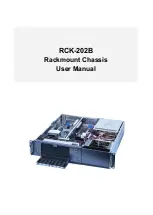Reviews:
No comments
Related manuals for Lucent Technologies Stinger MS+

SAS 724HS 10G Series
Brand: JetStor Pages: 5

MVME956AC
Brand: Motorola Pages: 60

Supero SC513 Series
Brand: Supermicro Pages: 58

AT-MMCR18
Brand: Allied Telesis Pages: 44

AIRFORCE
Brand: InWin Pages: 14

3C-MC-R16
Brand: 3C-Link Pages: 6

RCK-202B
Brand: AICSYS Pages: 10

AsanteHub 2072RPU
Brand: Asante Pages: 10

















